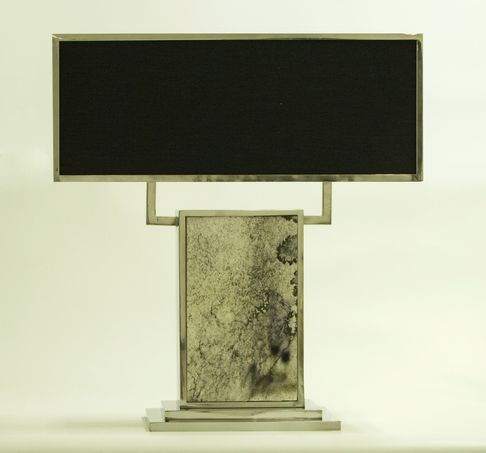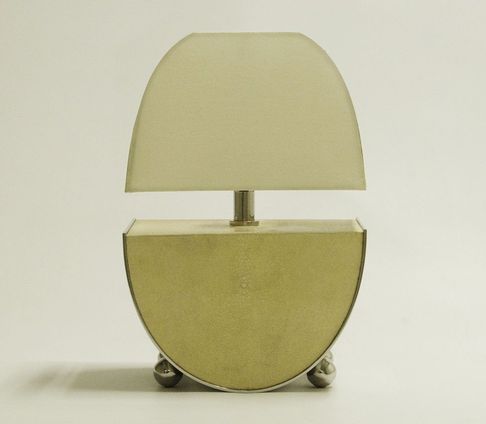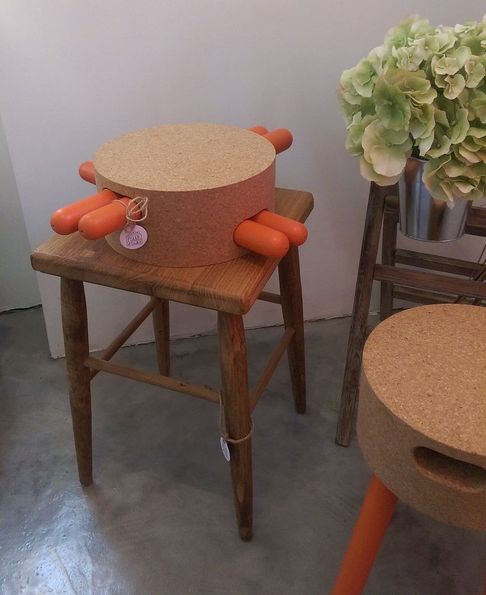
Back to the future: why Hong Kong is going crazy for handmade goods
Generation that shunned anything without a label is now embracing handmade philosophy

For a long time it wasn’t cool to wear, or own, anything your mother made. As for taking “home economics” classes at school, forget it.
Yet, the generation that shunned anything without a label is now sewing and cooking away like crazy. And home-made homeware, the product of one’s own loving hands or those of a skilled artisan, is a hot interiors story.
It’s a trend that Hong Kong has taken longer to embrace than Europe.
When French-born Arnault Castel, founder of lifestyle retailer kapok, opened his first store in Wan Chai eight years ago, he stocked it with handicrafts, but the response was poor.
“With handicrafts, each item produced is a little bit different,” he says. Whereas Castel appreciated the “human touch” in items, customers saw them as imperfections. He backed off, resolving to bide his time.
However, kapok’s new store in PMQ, Central, which opened in May this year and is his sixth in Hong Kong, is brimming with handmade goods – because the tide has turned.

“I’ve seen a lot of change,” Castel says. “Handcrafted products had a bit of a hippy image (think macrame), so people don’t react well to them, which I understand, because it is a dated aesthetic. Now you have designers that have a modern mindset, but they incorporate handicrafts onto them – people click much more with this new generation of designer when they understand that handcrafted doesn’t mean old fashioned.”
Castel began reintroducing one-off homeware pieces a few years ago and gives them more space with each passing year. “It’s an evolution,” he says. “The trend is not yet as big here as, say, in France, but it’s picking up.”
Handcrafted designs presented by kapok include bespoke porcelain plateware from Latitude 22N, a Hong Kong brand which mixes Chinese and European influences in experimental, limited edition pieces. The designs are from Jingdezhen in northeastern Jiangxi province, a famous ceramic and porcelain-making city since the Song dynasty. Leveraging 1,700 years of history, Latitude 22N has “perfectly showcased the combination of ancient craftsmanship with innovative and contemporary style,” Castel says.
Also made in Hong Kong are Lilliput Tales, a series of quaint, handcrafted mossariums (or mini-ecosystems) in a jar, each one self-sustaining.
Kahoko textiles, made in Kenya, include beautiful rugs and cushions, while plateware from the brand August Table, made in Thailand, is for the patriotic, bearing abstract maps of Hong Kong.
Designer Suzy Annetta, creative director at Studio Annetta, says Hongkongers are displaying a growing appetite for handicrafts.

“I think handcrafted pieces are more beautiful because of the imperfections that are naturally inherent when something is not made perfectly by a machine,” Annetta says. “You can literally see it has been made by another person, which to me just feels so much more personal.”
She says the quality of handmade gear tends to be better. “Someone who has made this with pride will make sure it’s the best product they can possibly make, rather than it being an anonymous item on a conveyor belt in a factory.”
To that end, Annetta has curated a collection of special luxury lighting handcrafted in Thailand.
“While the inspiration for the eclectic range varies from 1930s and 40s design up to the 1970s, the pieces are united by the quality of their materials and their manufacture,” the designer says.
Locally-sourced materials, such as cast bronze, marble and hardwoods, give a luxurious feel to each piece, and are brought together by the hands of skilled artisans, reviving skills that were in danger of dying not so long ago.
“The bronze is made using the 'lost-wax' method, while some use solid marble, onyx or recycled timber from Thai temples,” Annetta says. “These are individually crafted, solid pieces that will last forever and will add beauty to any space.”

To cater to this growing trend, Pyaar, an eco-friendly artisan store, opened in Causeway Bay in May this year, selling handmade items curated from around the world. At Pyaar, which means love in the Hindi language, each piece is different, carefully crafted, and sold in limited quantities, says founder Kirby Leung.
Products include rope bowls from Gemma Patford, and reclaimed wooden items by Millie Fairhall (both Australian artisans); ceramics from artists in Hong Kong, Japan and Taiwan; and cork stools from Portugal.
Hand-embroidered Bird of Paradise pillows from Lala Curio are right on trend in new-season tropical hues, or hunt for vintage handicrafts – including hand-crotched doilies, the ideal home staple from grandma’s day – on https://www.etsy.com/
For an alternative shopping experience that will bring out your creative side, and support traditional craftsmanship, handmade is the way to go.